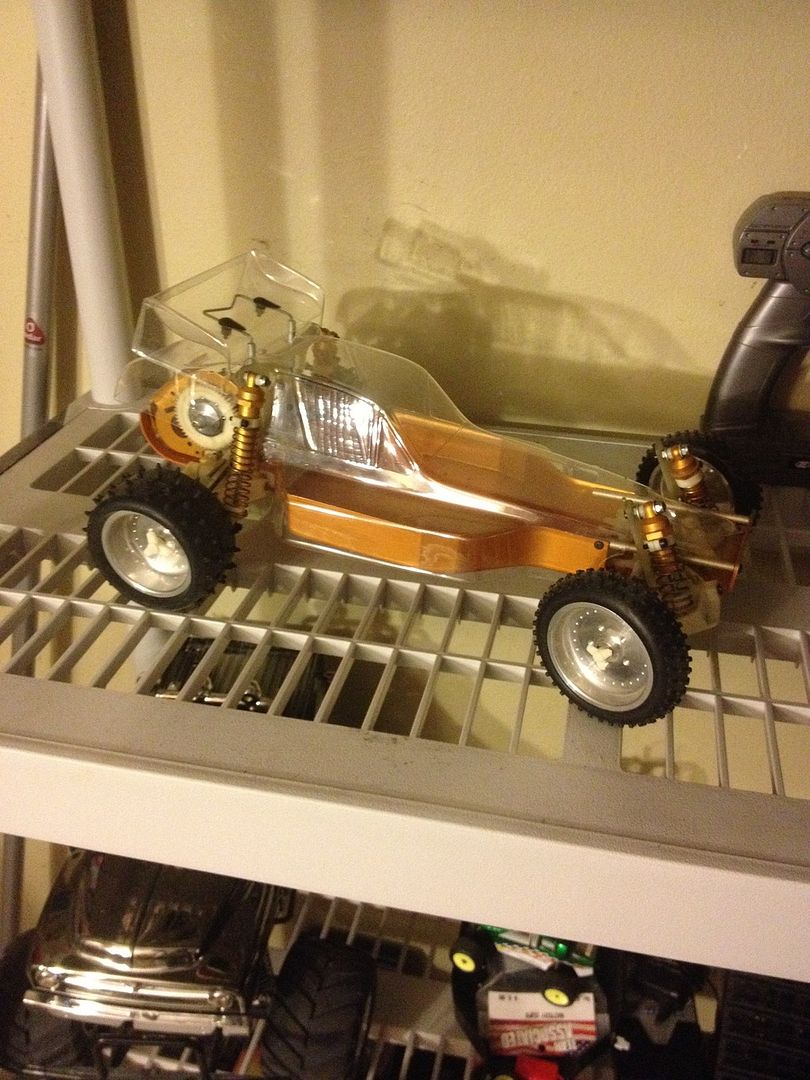Let's say you have 100,000 phantom pilots, all flying their phantoms non-aggressively, no pilot error.
Eventually, over the years, all of them will fail (stop working / fall out of the sky). (A component of the system will fail.) Very few will fail within a year, others might fly 100 hours a year for 5+ years, and I'd assume almost all would fail before they hit 10 years of 100 hours/year usage.
Assuming new props are installed every 100 flights, and batteries are replaced after reaching 100 hours, what would be the most common component to fail first? The 2nd most common?
How many hours would the average motor last?
I'm very interested in what people think about this.
Eventually, over the years, all of them will fail (stop working / fall out of the sky). (A component of the system will fail.) Very few will fail within a year, others might fly 100 hours a year for 5+ years, and I'd assume almost all would fail before they hit 10 years of 100 hours/year usage.
Assuming new props are installed every 100 flights, and batteries are replaced after reaching 100 hours, what would be the most common component to fail first? The 2nd most common?
How many hours would the average motor last?
I'm very interested in what people think about this.








